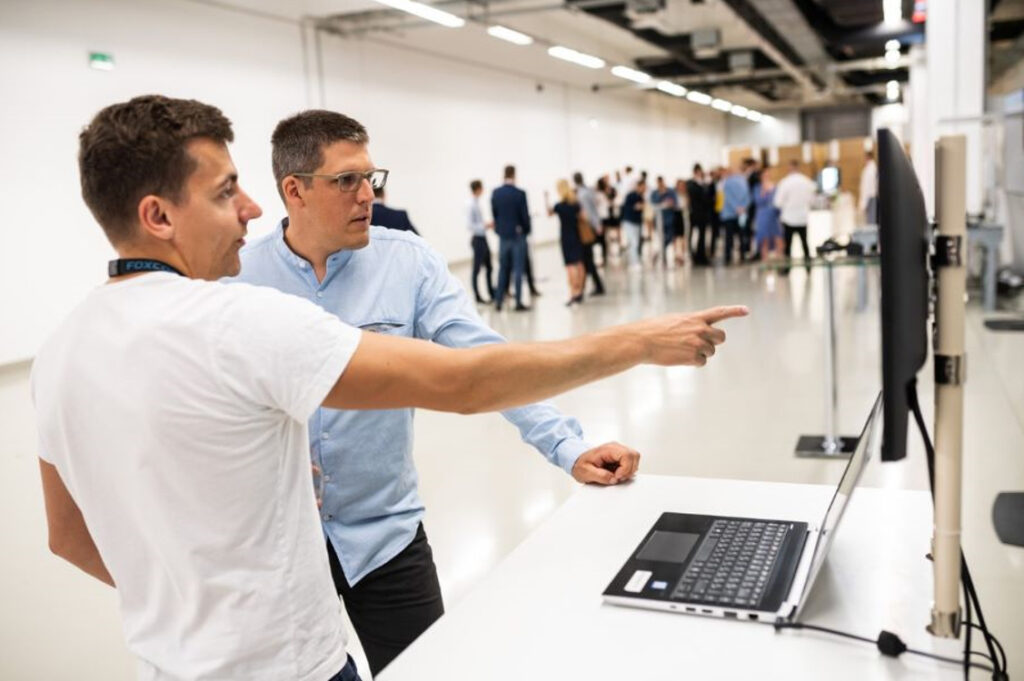Development Process
1. Consultation, Challenge Mapping
1. Preliminary survey
As the first step of the cooperation, we conduct a preliminary survey at the Customer’s site to learn about the key business processes and the current challenges and problems related to them.
2. Applicability test
After learning about Customer’s future goals, we will examine the specific applicability of Mixed Reality technology and select together the most appropriate areas and tools to implement effective, cost-effective solutions.
3. Preparation of a conceptual proposal
Based on the information learned, we will prepare our conceptual proposal, which can be used to specify the actual Proof-of-Concept project.
Results delivered:
• Conceptual proposal

2. Proof of Concept
1. PoC application design
Translating the conceptual proposal into the operation of the application: defining the expected functionality and goals to be achieved, and defining the success criteria.
2. PoC application development
We will develop the application according to the specified conditions in close cooperation with the Customer.
3. Introducing the PoC application
Presentation of the completed application copy to decision makers. Validation of the application, followed by feedback, and collection of any suggestions for changes related to later development phases. The results of the tests performed with the application are a test report and a feasibility study summarizing the conclusions of the experiment.
Results delivered:
• Proof of Concept application
• Feasibility Study
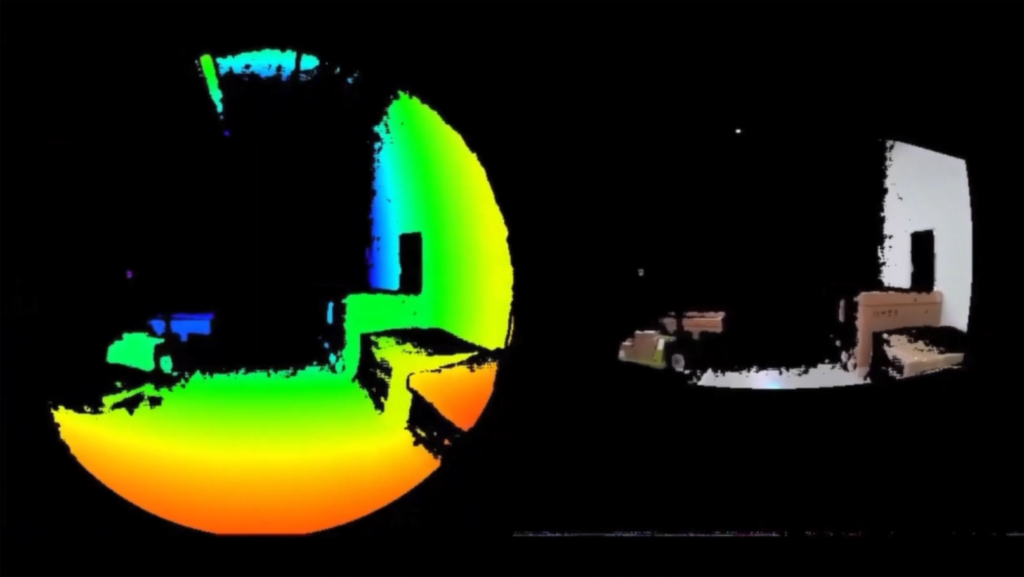
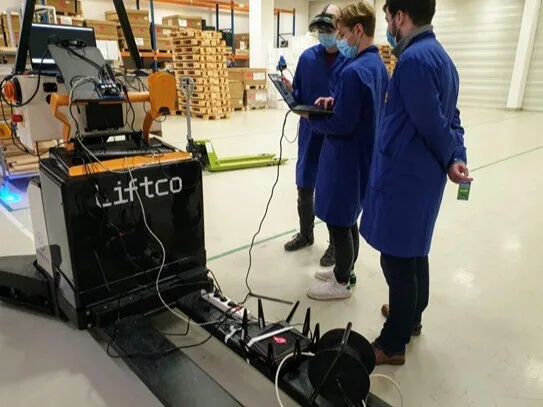
3. Pilot application
1. Pilot phase preparation
The results of the PoC application form the design aspects of the Pilot application, the selection of a specific area and / or function where the application will be implemented.
2. Pilot application development
Based on the results of PoC, the Pilot application will be specified and developed. The expected automatisms and the communication channel (backend) with the systems are created, and the application is prepared for the later live implementation.
3. Introducing the pilot application
Presentation of the developed pilot application to the target audience of the project.
Results delivered:
• Pilot Application
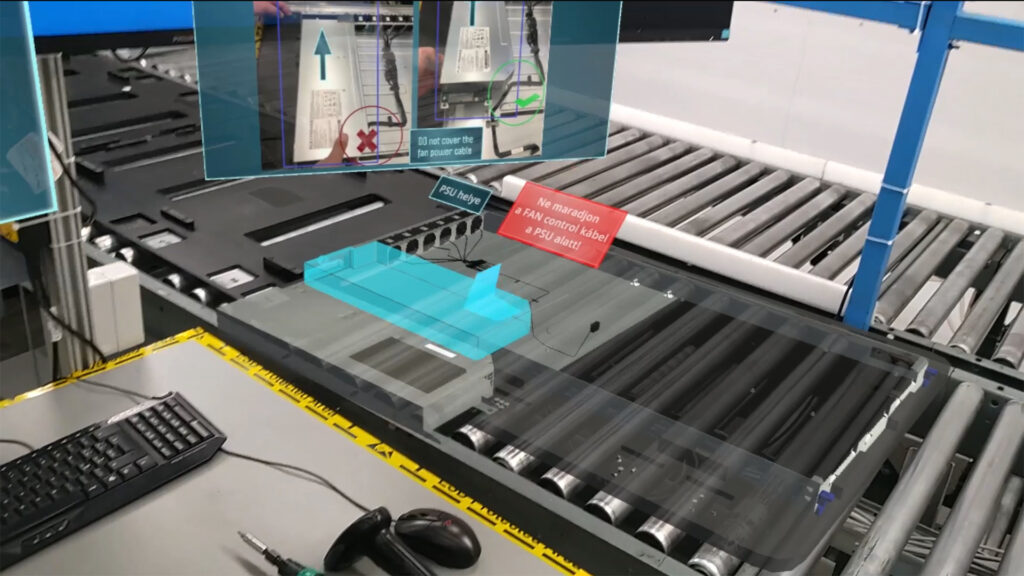

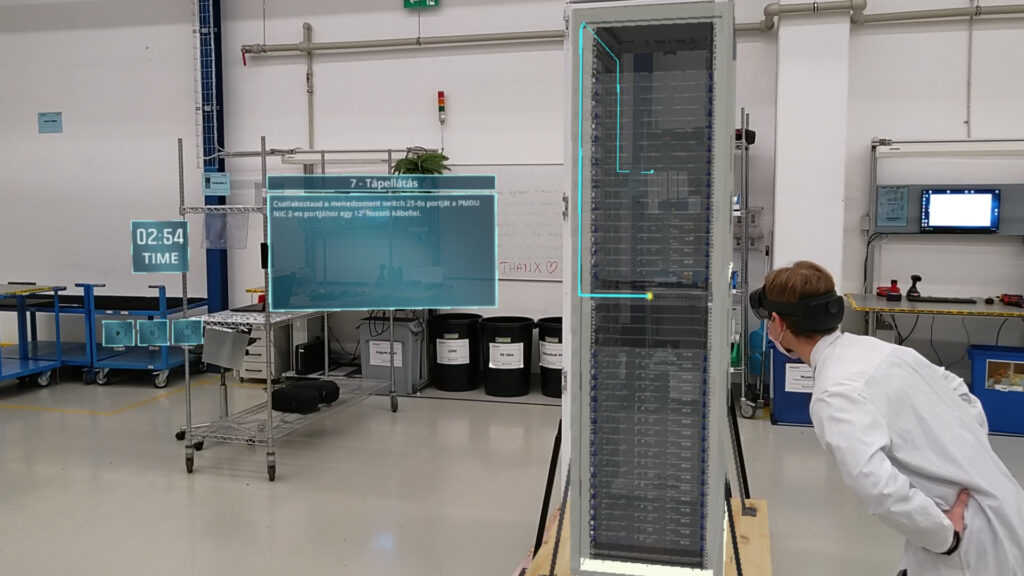
4. Deployment
1. Application preparation
Defining the processes and business activities related to the application to be introduced, i.e. the extension areas of the pilot application.
2. Application development
Building on the strategy and functionality of the pilot, the Application will be developed to provide the live, generalized and stable usage of the solution.
3. Trainings
Training the users and operators of the application to use and operate the application.
4. Introducing the live application
Introduction of the completed application to support live business processes, finalization of system integration.
Results delivered:
• Live Application
• User Manual
•Training Protocols
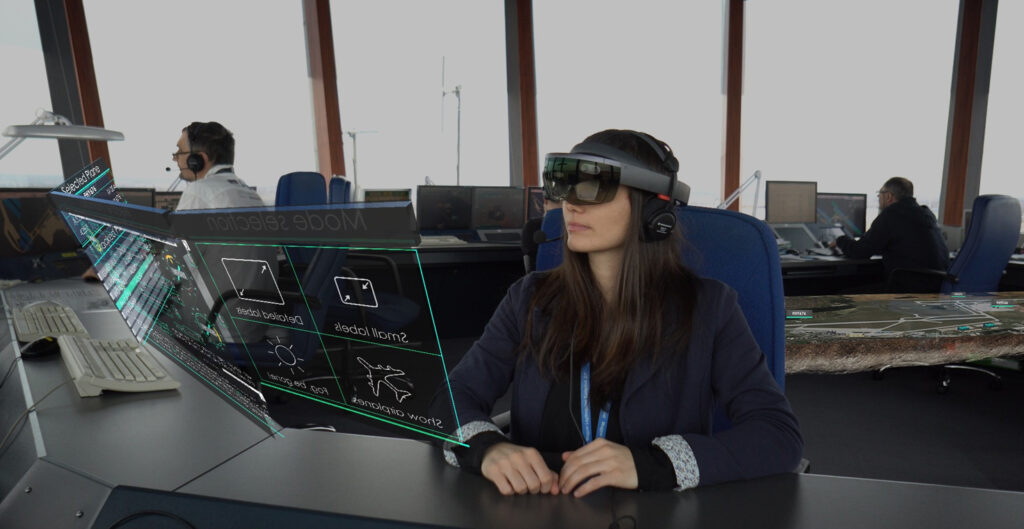
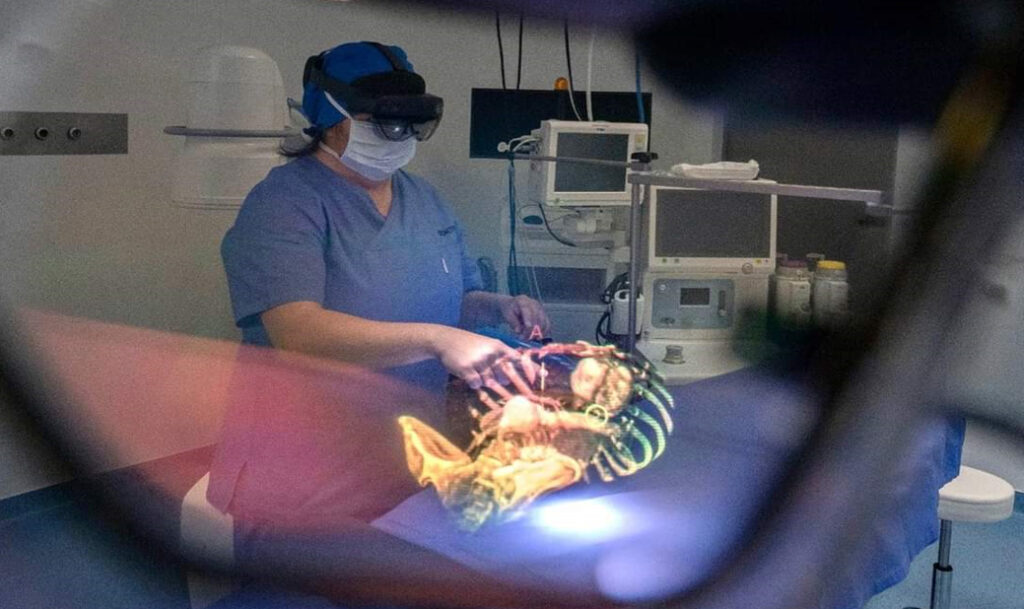
5. Support, future improvements
1. Application support
Ensure stable operation of the live application with an appropriate level of support and troubleshooting services according to Customer-defined SLA criteria.
2. Coordinating future improvements
Coordinating the development needs from the operation of the introduced application and the related business areas, preparing for their implementation in close cooperation with the Customer.
Results delivered:
• Support Contract
•Suggestions for future development
